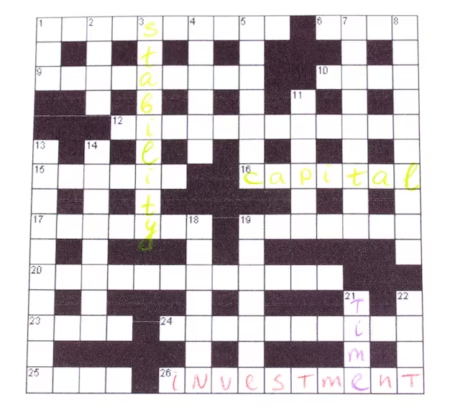There’s a place in music where light meets shadow, where the high and the low blend into something entirely its own. This is the realm of the voice type that falls between soprano and alto — informally known as the mezzo-soprano.
It’s not just a category. It’s a feeling. A golden twilight between the sunrise of soprano and the midnight of alto.
What Is This Magical Middle Voice?
The mezzo-soprano, meaning “half-soprano” in Italian, is a bridge. It carries the warmth of an alto’s depth and the brightness of a soprano’s lift, weaving them into a tone that feels like honey poured over sunlight.
The Informal Name
Among singers, you’ll often hear just “mezzo” — short, friendly, approachable, like the voice itself.
Technical Placement
Typically, a mezzo-soprano’s range lies between A3 and A5, though many can step gracefully into higher or lower notes when needed.
The Emotional Soul of the Mezzo-Soprano
If a soprano is a diamond and an alto is rich mahogany, the mezzo is molten gold. It moves between roles effortlessly — playful, passionate, maternal, mysterious.
It’s the voice that can whisper a lullaby one moment and shatter hearts with a dramatic cry the next.
History – From Opera Houses to Fireside Songs
The mezzo has been the storyteller of music for centuries.
In Opera
Roles like Carmen, Rosina, and Dorabella belong to mezzos — characters layered with depth and emotion.
In Folk and Tradition
Long before opera, this range was the heartbeat of village songs, carrying tales from one generation to the next.
The Mezzo Voice in Today’s Music
From Adele’s soulful power to Lady Gage’s theatrical depth, mezzos dominate genres from pop to jazz.
In jazz, it’s smoky and intimate. In pop, it’s powerful yet warm. In indie folk, it’s like a friend’s voice after years apart.
How to Recognize a Mezzo-Soprano
You might be hearing a mezzo if:
-
The voice feels warm but can soar high without losing richness.
-
It blends easily in harmonies.
-
It feels conversational and human, not overly dramatic or piercing.
The Double Life – Challenges of the Middle Range
Mezzos live in a world of balance, but it’s not without struggles.
Two Worlds, One Voice
They are often asked to sing both soprano and alto parts, demanding flexibility.
Vocal Health
Without proper technique, pushing into extreme highs or lows can cause strain.
Training for the Mezzo-Soprano
Like a well-tuned instrument, a mezzo’s voice thrives on care.
-
Daily Warm-Ups: Keep the middle range agile.
-
Breathing Exercises: Support both high and low notes.
-
Hydration: Protect that golden tone.
The Mezzo in Choirs and Ensembles
In choral settings, mezzos are the glue that holds harmonies together — blending highs and lows into a seamless whole.
Choir directors treasure mezzos for their adaptability and warmth.
Genres Where Mezzos Shine
-
Opera: Rich, layered characters.
-
Musical Theatre: Beloved roles like Eponine (Les Misérables) and Elphaba (Wicked).
-
Pop & Rock: Emotional depth that cuts through the noise.
Common Myths
-
“Just a Lower Soprano” – False. Mezzo is its own world.
-
“Can Sing Everything” – Not without care. Range doesn’t mean limitless.
Why the Mezzo Voice Feels So Human
It sits near the range of everyday speech, making it instantly relatable.
It’s not distant or lofty — it’s close, like a secret shared in the dark.
Finding Your Inner Mezzo
If you’re drawn to both high and low melodies but feel at home in the middle, you may be a mezzo.
A good vocal coach can help you explore and embrace this natural gift.
Conclusion – The Sun and Moon in One Voice
The voice between soprano and alto isn’t a compromise — it’s a union. It carries the heat of day and the cool of night, giving the listener both comfort and fire.
It is the music of balance. The poetry of in-between.
FAQs
1. What’s the informal name for the voice between soprano and alto?
Mezzo-soprano, often simply called “mezzo.”
2. Is mezzo-soprano common?
It’s fairly common, but exceptional mezzos are rare treasures.
3. Can a mezzo sing soprano roles?
Yes, with the right training and stamina.
4. What makes the mezzo voice special?
Its warmth, adaptability, and emotional depth.
5. Who are famous mezzos today?
Adele, Florence Welch, Lady Gaga, and many opera stars like Cecilia Bartoli.








